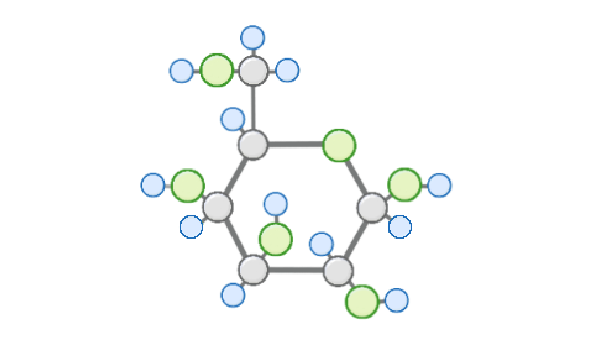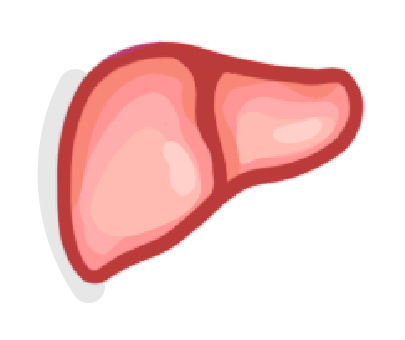Regulating Glucose
This lesson covers:
- Why we need to control the concentration of glucose in our bloodstream
- How insulin and glucagon work
The terms 'blood glucose levels' or 'blood glucose concentration' just refer to how much glucose is dissolved in our blood plasma.
So a high blood glucose concentration means that there are lots of glucose molecules dissolved in the blood.

What happens if blood glucose concentrations fall too low?
There won't be enough glucose for tissue cells to respire
The blood will get too thick
It will damage the heart
|
After eating, does our blood glucose concentration increase or decrease?
Increase
Decrease
|
Which organ detects changes in blood glucose concentration?
Brain
Heart
Liver
Pancreas
|
Which hormone decreases blood glucose levels?
Insulin
Glucagon
|
What are the two main organs that insulin stimulates to absorb glucose from the blood?
Pancreas
Muscles
Heart
Liver
|

When glucose is absorbed by the liver for long term storage, what molecule is it converted to?
|
How glucagon works
high / low / liver / pancreas / heart / insulin / glucagon / glycogen / glucose
- When blood glucose levels fall too , it's detected by the .
- This causes the pancreas to release the hormone into the blood stream.
- This hormone then travels around the body, and binds mainly to cells in the .
- This stimulates those liver cells to break down their stored into and release it into the blood.
- This extra glucose increases blood glucose levels back up to normal.
|